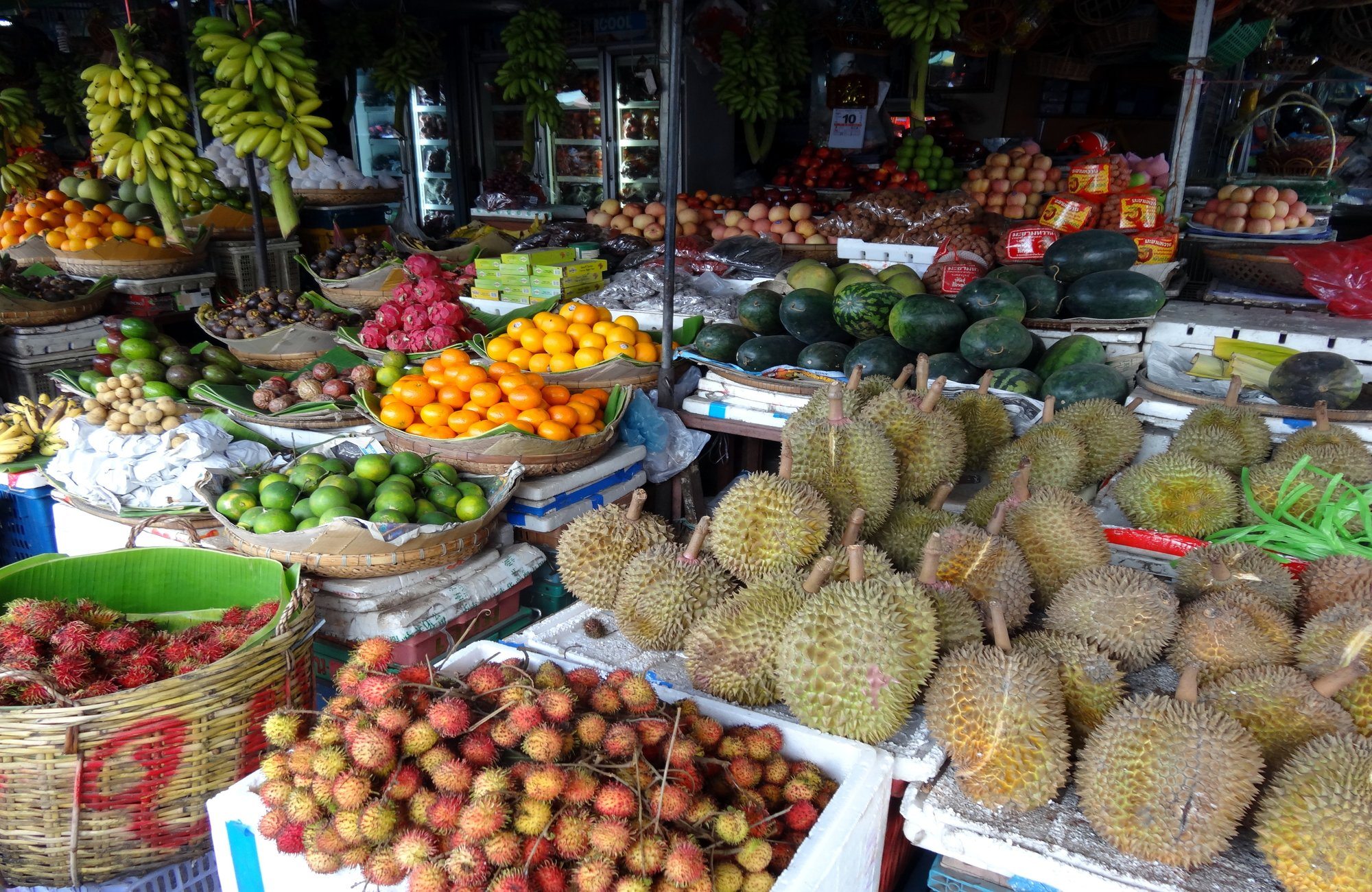Exotic Fruits in Bali You Have to Try
The huge variety of fruits available to eat in Bali is truly remarkable. The Snake Fruit, for instance, completely ordinary for Indonesians to munch on, but extraordinary for the tourists who very likely may have never seen one in their entire lives! Often cultivated in the backyards of locals, Balinese fruits are exotic and delightful due to the fertile volcanic soils. While staying in Bali on your holiday, try to savour as many local fruits as possible. Below are some of Ministry of Villas’ “must-try” fruits for you and your family:
Mangosteen
Mangosteen looks like a clove of garlic inside but tastes nothing of the sort. Sweet, delicate and delicious white sections can substitute any dessert. The secret of opening a mangosteen is simple: You don’t need a knife for it, only your hands, and squeeze the fruit gently between your palms until the thick peel cracks. Then just clean it, and voila! A fresh and yummy snack for your devouring!

Snake Fruit (or Salak)
Salak is a typical Balinese fruit that grows on palm-like trees, and is famed for being rather strange in appearance. The tiny skin contours remind many of snakeskin. But do not judge a book by its cover (or a fruit by its skin)! After cleaning the outside peel, there are similar white sections much like a mangosteen has, however the taste differs. It is still sweet but not quite as luscious as a mangosteen, and the Salak has a crunchy, almost starchy consistency. Try it!

Durian
If you are staying in a hotel (or you may have also seen in crowded public spaces) there is often a sign with a peculiar spiky-pineapple/jackfruit shaped silhouette crossed out with the large lettering stating, NO DURIAN ALLOWED. This is due to the exceptionally pungent quality of this fruit! The smell of durian is strong and very particular (a type of heavy sickly-sweet, especially overpowering for tourists), and stays with you for the rest of the day. The taste of durian, sweet with creamy consistency, is the reason why locals love this fruit. A roadside vendor would open the fruit for you if you decided to taste it… so this is one for only the brave!

Jackfruit
Jackfruit may be mistaken as an exceptionally large durian sometimes. However, it has a different taste, sharper and more like a mango including notes of peach and pear. The flavor is tropical and has a somewhat dense and heavy texture, so Jackfruit is rarely used in its fresh form, and instead often as a meat replacement in curries and other dishes.

Rambutan
Rambutan or “hairy” in the local language, looks more dangerous than it actually is. In fact, the long tentacles are soft and harmless. To open the rambutan, you may use a knife, or just your hands and thumbnails. Inside it has a white egg-like sweet and succulent fruit to munch on. When rambutan is ripe, the skin can be easily separated from the fruit and the seed inside. Definitely worth a try!

Passion Fruit
Passion Fruit is found in other parts of the world, but here it is rare and only potentially found at the end of dry season, where it may be in local markets. To eat the passion fruit, you will need a knife and a spoon. Use the knife to slice the fruit in half, and the spoon to eat the soft little balls with hundreds of seeds inside. The ripe fruit has a luscious sweet taste.

Yellow and Orange Coconuts
Yellow and orange coconuts are widespread but not commonly used for culinary purposes like green ones. In Bali, yellow and orange coconuts are often grown for purely ceremonial purposes. However, they actually taste better, their flesh is thinner, and the consistency is more tender than the green ones. Yellow and orange coconuts are not widely sold in tourist places, but in the rural areas, you may be able to find them.

Durian, rambutan and jackfruit may seem and taste very odd for us, or any of those who came to Bali from another continent. Nevertheless, this is an incredible opportunity not only to improve your health by eating these exotic fruits in Bali but also to join the culinary traditions of the island. Let your tastebuds go on holiday too!

